
Australia Museum Bark Canoe Australia Map
Aboriginal rafts have co-existed alongside bark canoes. The museum has two examples from different northern communities, a kalwa and a walba, and they represent a navigable version of a raft, a term often reserved for a floating vessel that drifts with the tide and wind.
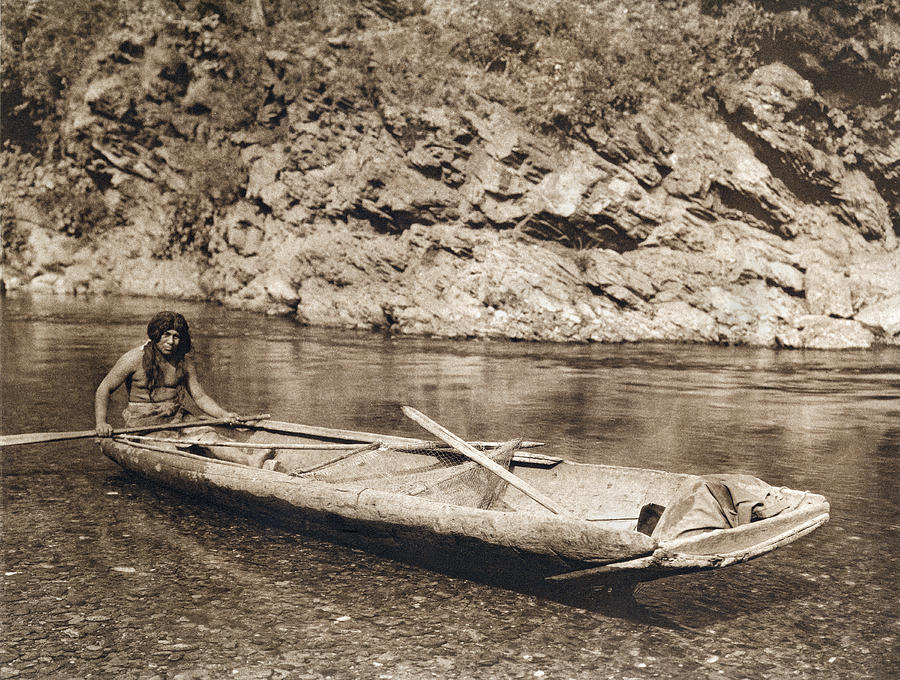
Aboriginal dugout canoe Lapstrake boat diy
The explorer Edward J. Eyre, Protector of the Aborigines 1841-44 at Moorundie, near Blanchetown, described one canoe as formed from a single piece of bark 4.5m long 0.9m wide and about 20cm deep. The bow was pointed, slightly more than the stern and the craft had a flat bottom.
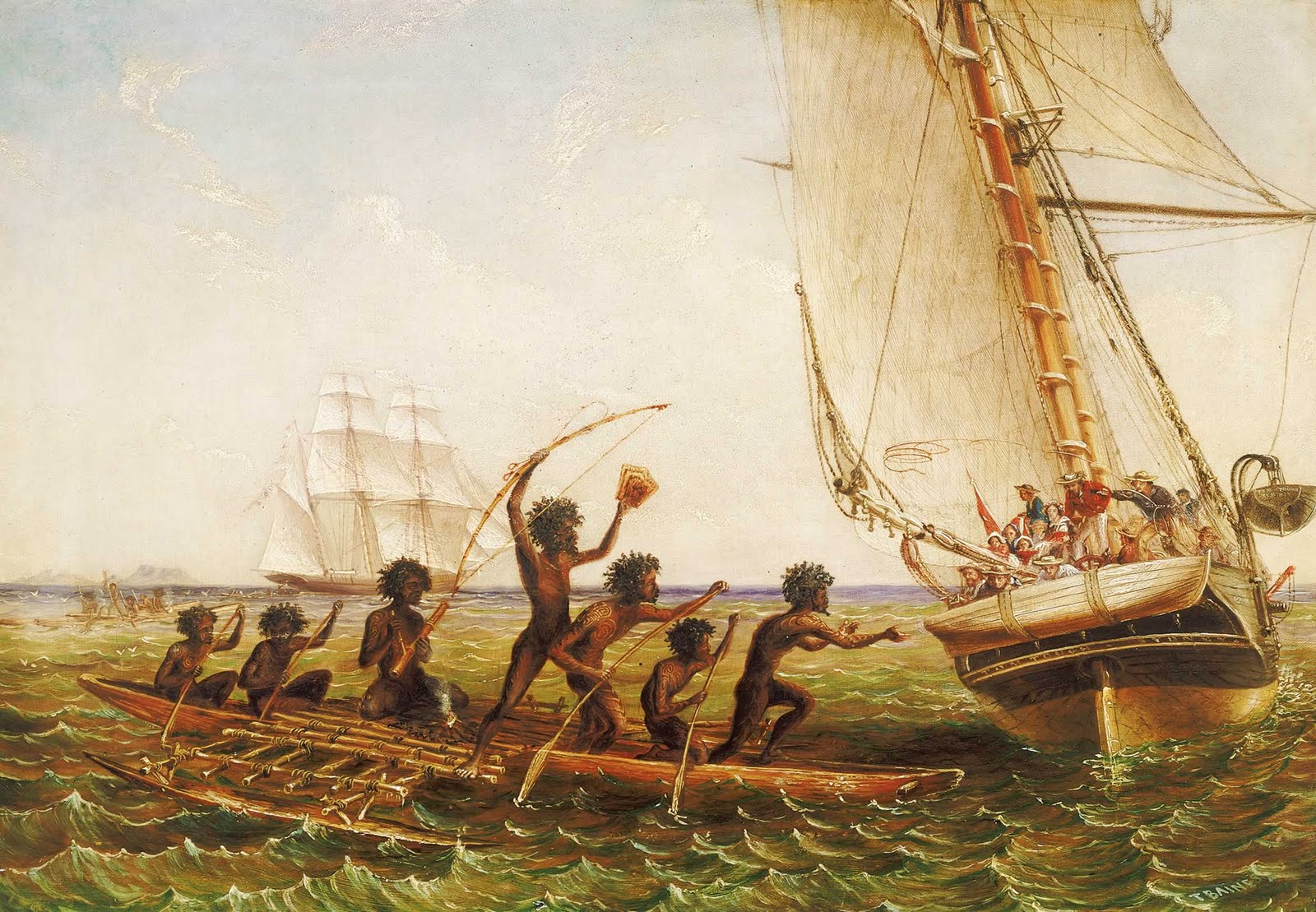
Indigenous Watercraft of Australia
Wikipedia The history of Indigenous bark canoes in Australia - 1966 | RetroFocus ABC Australia 233K subscribers Subscribe 9K views 3 years ago Making and sailing bark boats is popular with.
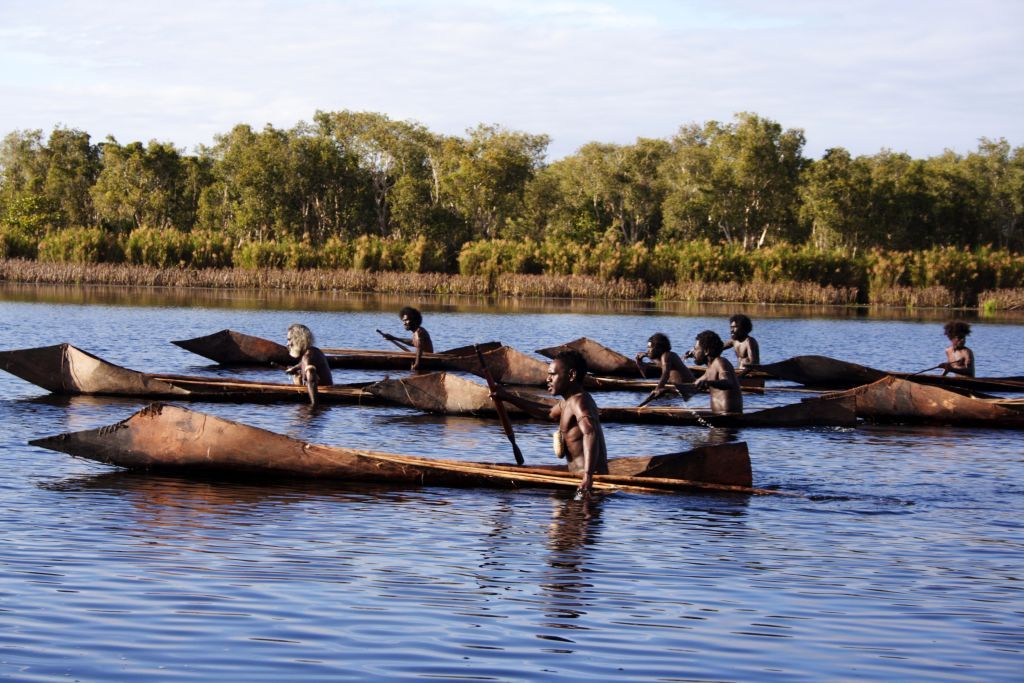
Indigenous Boats Ten Canoes
Aboriginal canoes and rafts in our collection Four Aboriginal watercraft from the museum's collection. Image: Andrew Frolows. The museum's extensive collection of Aboriginal and Torres Strait Islander artefacts and culture includes a diverse range of watercraft.
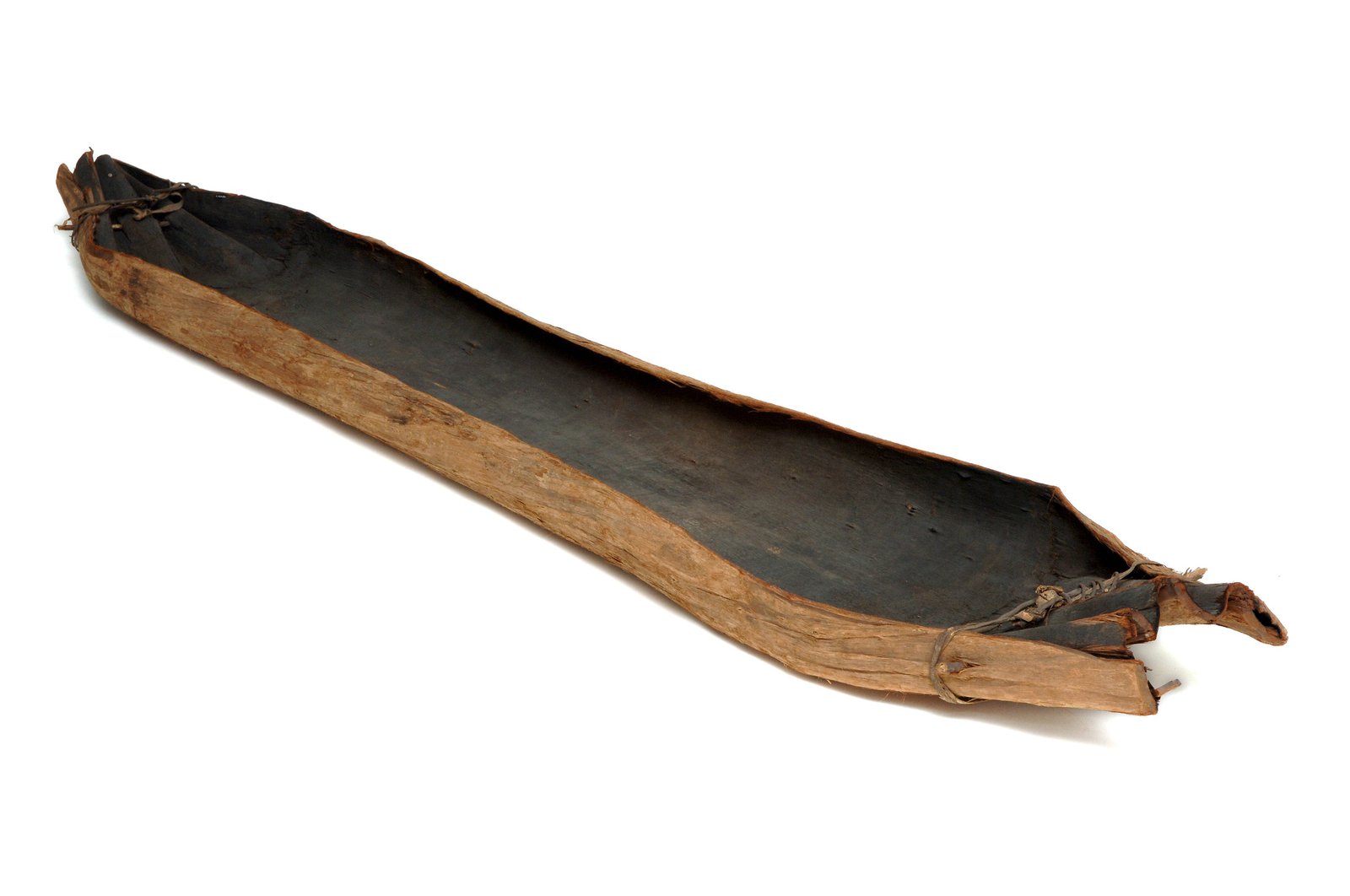
Bark canoe from New South Wales The Australian Museum
1. Best food experience: Aboriginal Bush Tucker tour. A native nut that burns like a candle, a whistling leaf that repels snakes and a grass with seed pods that can be ground to make flour. These.

Aboriginal dugout canoe Lapstrake boat diy
Stan Florek Introduction "Perhaps it will be here, at the junction of the world's greatest ocean and the world's greatest archipelago, that we will eventually find man's oldest watercraft" hypothesised Rhys Jones, an eminent Australian archaeologist (Jones 1976:261).

Major Sumner — Ngarrindjeri Culture Hub
Aboriginal Australian Canoes. From Natives of Australia by Northcote W. Thomas, 1906. Location: Australia.. Perhaps the commonest form of Australian canoe was the sheet of bark, carefully removed from the tree and shaped over the fire; the ends were then tied or sewn up, and sometimes caulked with mud..

AUSTRALIA ABORIGINES Fishing from canoe with spear. NSW (Edward Orme) , 1814 Stock Photo Alamy
We pay our respect to Aboriginal Elders and recognise their continuous connection to Country. This website may contain names, images and voices of deceased Aboriginal and Torres Strait Islander peoples. Receive the latest news on events, exhibitions, science research and special offers.

carved aboriginal canoe australia Stock Photo Alamy
1. Sri Meenakshi Temple. Built in 1979, the Sri Meenakshi Temple is a must-see activity in Pearland, and a quirky stop off in your trip around the city. The temple was first opened as a place for local residents to perform daily poojas, and it has all the traditional architectural features of a Hindu temple.

Australian Aborigines paddling bark canoe Stock Image C018/8768 Science Photo Library
Tasmanian Aboriginal model bark canoe by Rex Greeno A model canoe that is made up of three bundles of cut and rolled paperbark, which are bound together to form an elongated canoe-shaped vessel. A stunning example of the type of canoe made by Aboriginal people in the 19th century.

Natives fishing in a bark canoe. State Library of NSW
MORE THAN 170 YEARS ago Aboriginal bark canoes glided on the waters of Sydney Harbour. And thanks to the efforts of a teacher, the traditional Aboriginal canoe or 'nawi' has come back to the city. The replica vessel arrived at the State Library of NSW on Wednesday morning. It will be used in a major exhibition by the library titled Mari.

from Aboriginal and Tribal Nation News Canoe, Canoe and kayak, Canoe building
Two are Yolngu gumung derrkas - these are freshwater swamp and river craft. The other is a Yunyuwa na-riyarrku - it is a coastal saltwater craft. They show many of the features common to sewn bark canoes.

nami canoe aboriginal australian national maritime museum darling harbour sydney new south wales
This is a bark canoe made in a traditional style from a sheet of bark folded and tied at both ends with plant-fibre string. The bow (the front) is folded tightly to a point; the stern (the rear) has looser folds. The canoe was made in 1938 by Albert Woodlands, a First Nations man from the northern coast of New South Wales.

Aboriginal men in canoe, Coranderrk Aboriginal Station Fred KRUGER NGV View Work
Popular Traditional Australian Aborigine Swamp Mahogany fishing canoe made by Gubbi Gubbi (Kabi Kabi) elder Lyndon Davis to demonstrate traditional construction techniques during the Noosa Booin Gari Festival

Indigenous Boats Penobscot Bark Canoe
Bark Canoe. NAIDOC week is a time when Aboriginal and Torres Strait islanders celebrate their culture. But while many of the old Indigenous ways have been preserved. In the 200 years since.
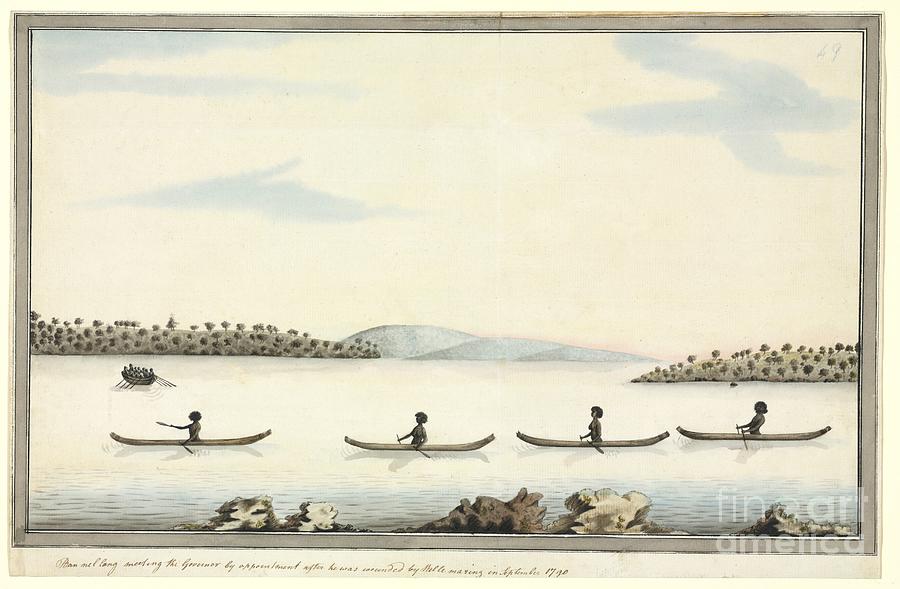
Australian Aborigines In Canoes, Artwork Photograph by Natural History Museum, London Pixels
1. Have a look at the trees in your area. Which ones would you choose to build a bark canoe? 2. How would you move a bark canoe around the water? 3. Find out what types of watercraft were traditionally used in your area. 4. Some bark canoes had cooking fires in the middle. How do you think this was done without burning the boat? Acknowledgements